7 Things You Need To Know On FInancial Markets
Good day, we had a quiet start to the week, expecting some action today onwards - oil has been steady moving sideways, here's your market report.
- Home
- 7 Things You Need To Know On FInancial Markets
Inflation ticks Higher
Who ever said the war on inflation
would be a straight line ending in a
soft landing (or downturn)? While the
US Federal Reserve has made a lot of
progress over the past two years, this
week proved that some battles will be
lost along the way. With interest rates
still sky high, the American economy
has continued to make mincemeat out
of Team Recession’s two years of unrealized predictions. But as the central bank chases its 2% inflation target, pockets of a too-hot US economy have proven stubborn. Consumer prices jumped in January, stalling recent disinflation progress
and dashing hopes on Wall Street that the Fed would start dropping rates soon. The main contributor to
the uptick? Shelter costs. Then there were the prices paid to US producers, which also rose in January by
more than forecast. Of course there was also more good news for Americans: Consumer sentiment
ticked up again and prices of used cars dropped on a monthly basis by the most since 1969 after the
methodology was updated. Broader goods prices and energy also continued to fall.
Fed Insight
Minutes from the Federal Reserve’s latest gathering show most officials remained more worried about
the risk of cutting interest rates too soon than keeping them high for too long and damaging the economy. A summary of the Jan. 30-31 Federal Open Market Committee meeting released Wednesday showed
policymakers want to see more evidence inflation is firmly on a path to their 2% target before lowering
interest rates, with some raising concerns that progress could stall. Together, the minutes reinforced
expectations that borrowing costs will remain high for the foreseeable future.
Chinese Spending Boost
Chinese travel and spending during the Lunar New Year holiday exceeded levels from before the pandemic, adding to signs that consumption is improving. Some 474 million tourist trips were made around
the country during the festival, which began Feb. 10 and concluded Saturday — up 19% from the comparable period in 2019, while tourism spending for the holiday climbed nearly 8% from that
year. Chinese stocks look poised for a strong open when onshore traders return from the Lunar New
Year break, with the data seen bringing much-needed relief to one of the world’s worst-performing major markets.
Oil Market Yesterday
Oil prices rose for a second day on Thursday on expectations that demand in the U.S., the world's biggest oil consumer, will improve as refineries try to
return to service after outages and as the dollar
weakened.
Crude stocks rose 7.17 million barrels in the week
ended Feb. 16, market sources citing American Petroleum Institute figures said on Wednesday. Gasoline stockpiles also rose while distillate fuel inventories declined.
Shipping risks have escalated due to repeated drone
and missile strikes in the Red Sea and Bab alMandab Strait by the Iran-aligned Houthis since November. U.S. and British forces have responded with
several strikes on Houthi facilities but have so far
failed to halt the attacks.
Oil contracts tied to near-term deliveries have been
trading at their steepest premium to later-dated
contracts in multiple months, a market structure
known as backwardation and considered a sign of a
tightly supplied market. Timespreads are showing
markets tightening, UBS analyst Giovanni Staunovo
said, adding that crude stocks declined in the Amsterdam-Rotterdam-Antwerp trading hub while
product stocks slid in Fujairah last week.
MACRO Economics
The dollar held broadly steady on Thursday as traders
awaited a slew of business activity surveys to gauge the
health of major economies and what that may mean for
the global interest rate outlook.
U.S. Treasury prices tumbled, pushing yields higher across
the board on Wednesday, weighed down by a weakerthan-expected 20-year bond auction and minutes of the
last Federal Reserve meeting that expressed concern
about cutting interest rates too quickly.
The bulk of policymakers at the Federal Reserve's last
meeting were concerned about the risks of cutting interest rates too soon, with broad uncertainty about how
long borrowing costs should remain at their current level,
according to the minutes of the Jan. 30-31 session.
Gold prices edged higher on Thursday, buoyed by a weaker dollar and escalating tensions in the Middle East, while
investors await more U.S. economic data that could shed
light on the Federal Reserve's interest rate outlook.
(prior revised down to +1.7%).
Key Market Data
Today / Tomorrow
Thursday
Eurozone CPI
05.00
Initial Jobless Claims
08.30
Manufacturing PMI
09.45
Services PMI
09.45
Existing Home Sales
10.00
Crude Oil Inventories
11.00
Friday
Nothing Major in our Opinion
Is your Paper Trading on Brent Crude making
5-15% Profit Monthly?
Our Oil Trading Clients in Dubai gained 85% Profit in 2023,
on Oil Paper Trading, by following our unique Strategies.
Book a Meeting Today
To discuss your Challenges with Oil Hedging & Paper Trading
Call: +971 58 540 0412
Email: nasir@financialmarkets.club
- Admin
- 22 Feb 24
- 0 Comment
Related Posts
You have to logged in for comment.
Email Newsletter
Get subscriber only insights & news delivered by Financial Markets Club
Weekly Trading Lessons by Email
Do you want to Learn to Trade like a Pro? Every Week we will share some Trading Tips to help you Succeed.
Just enter your Name and Email, and click Subscribe!
 FinancialMarkets
FinancialMarkets

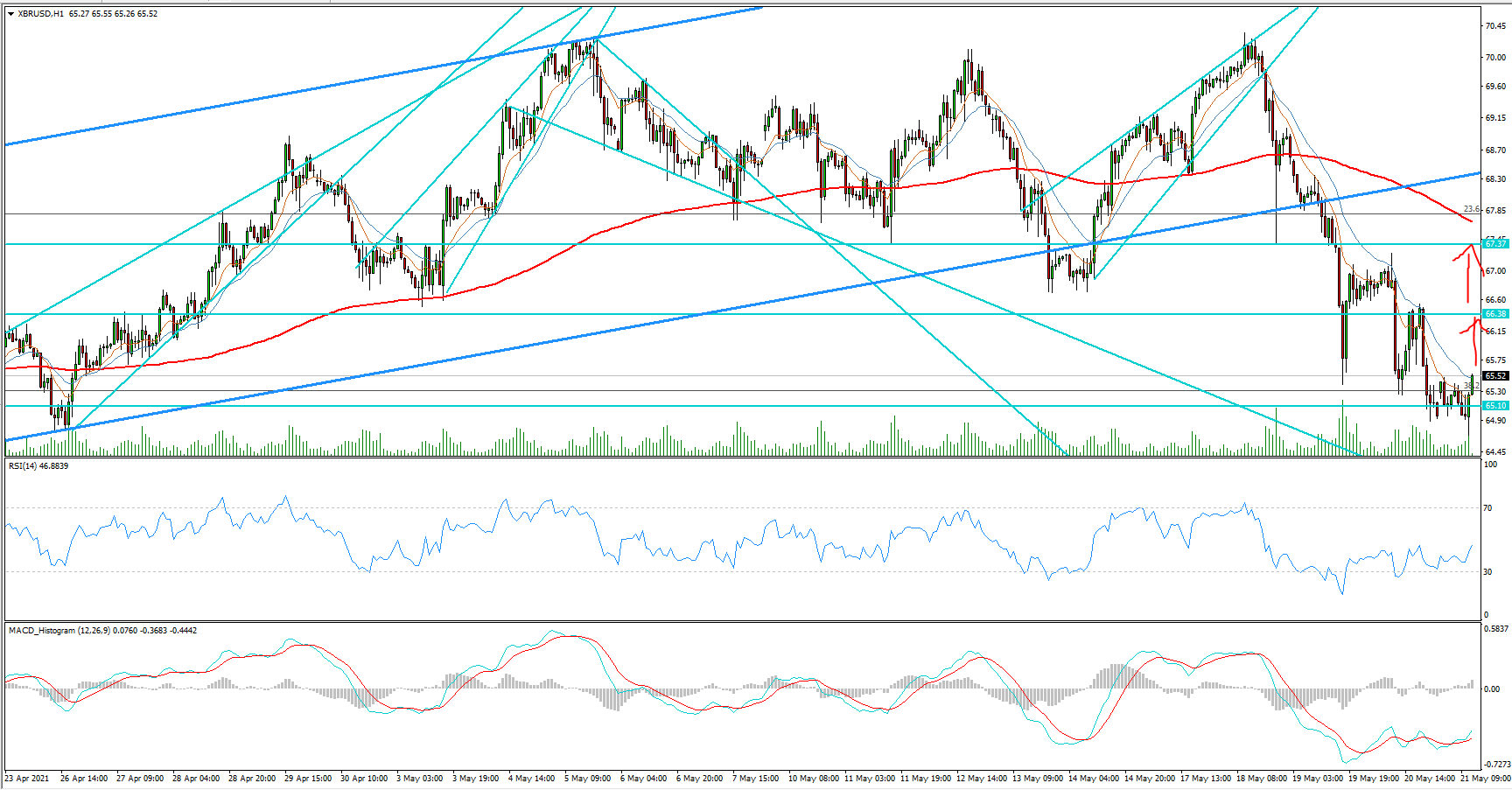
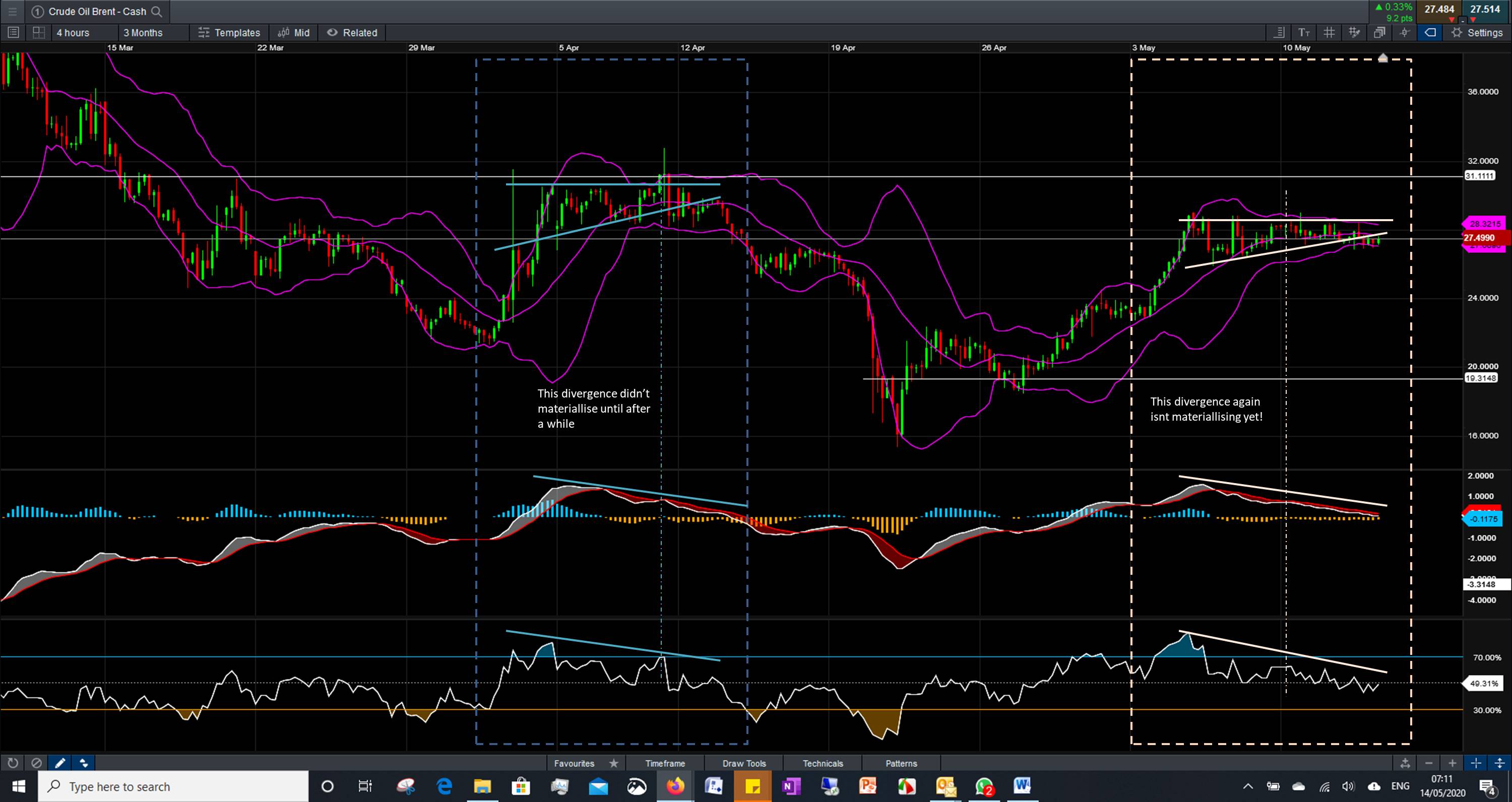
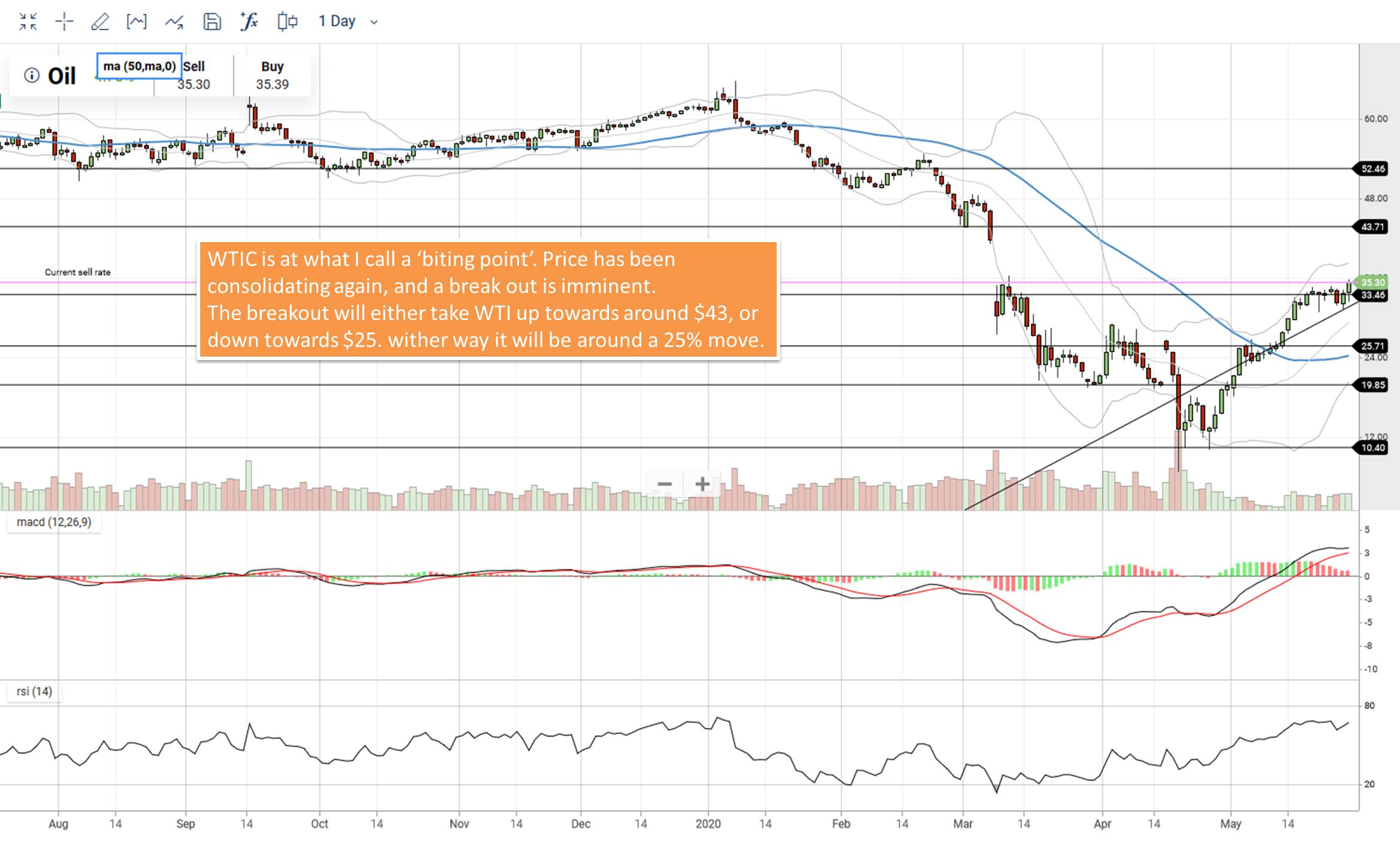
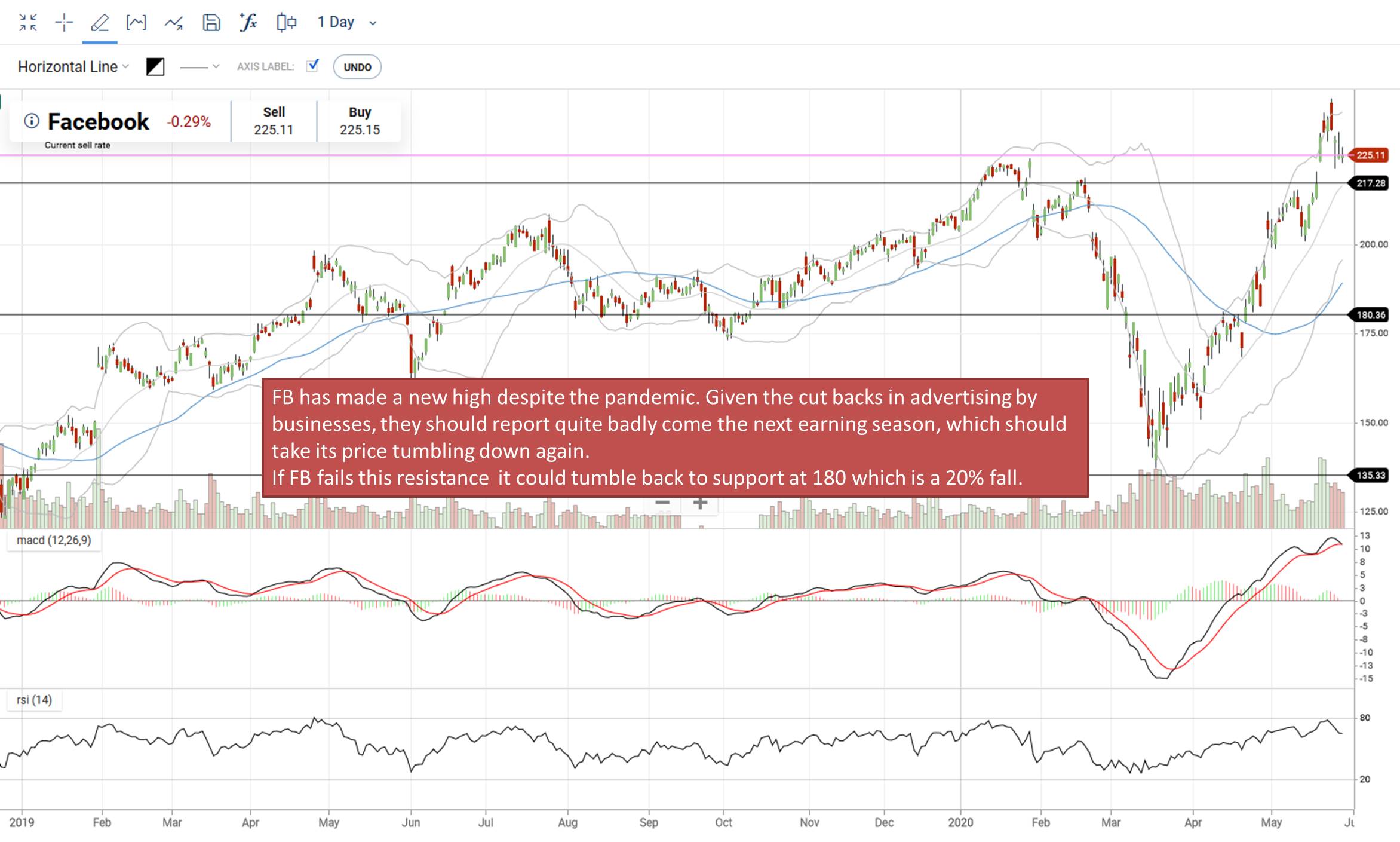
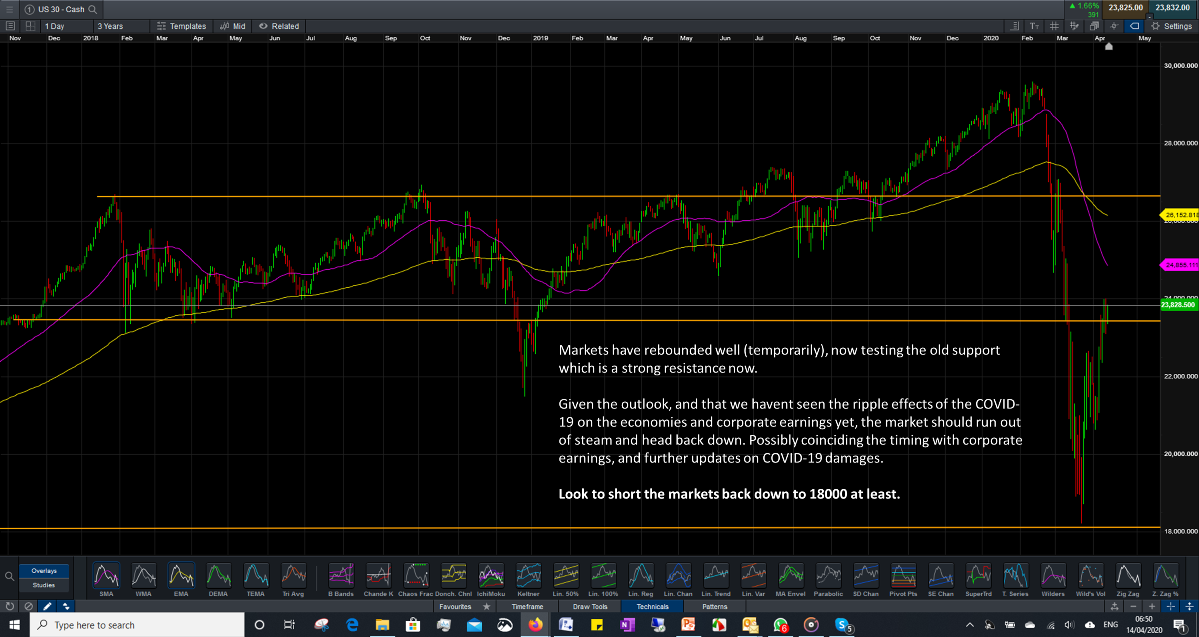
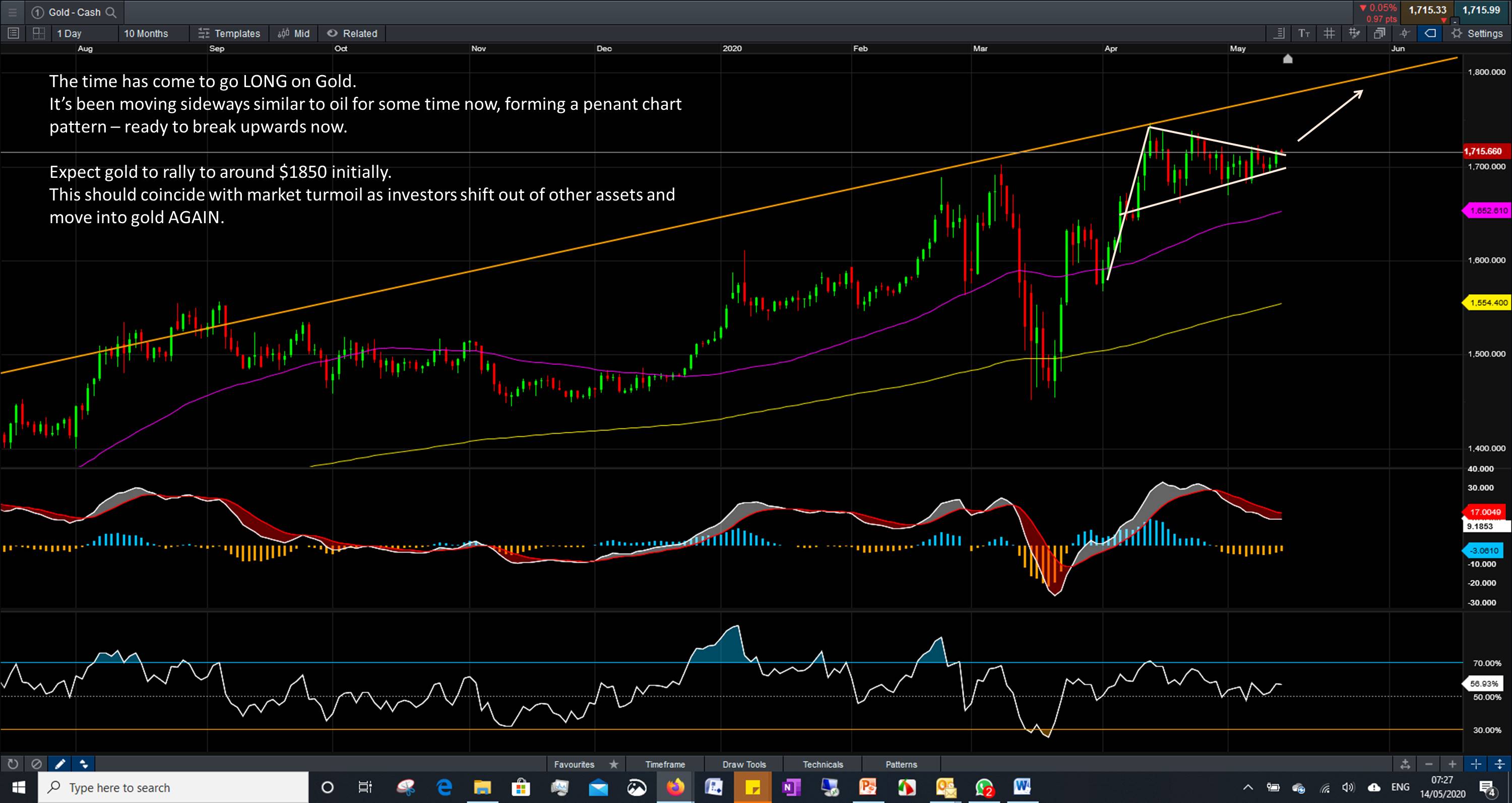






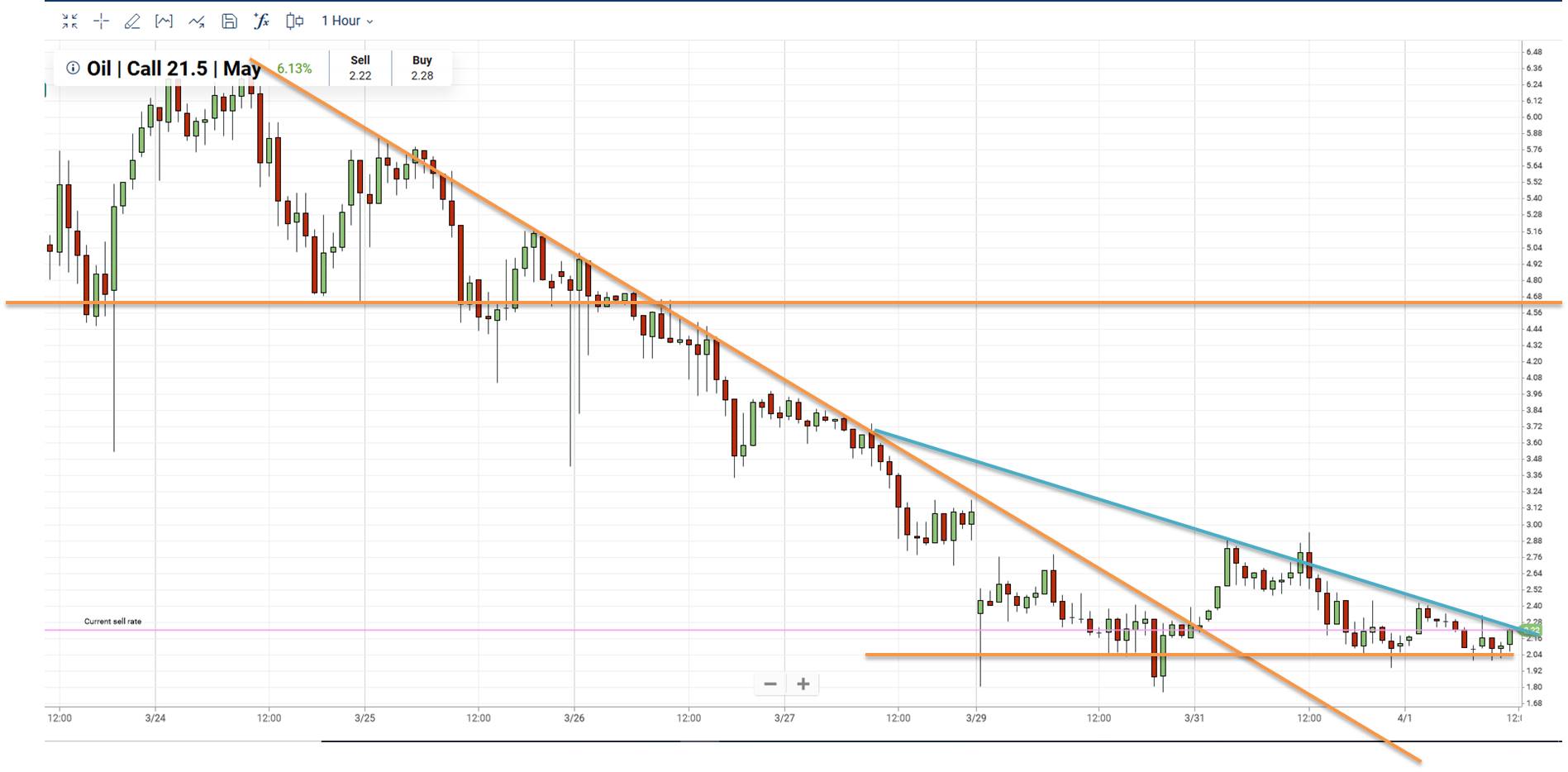
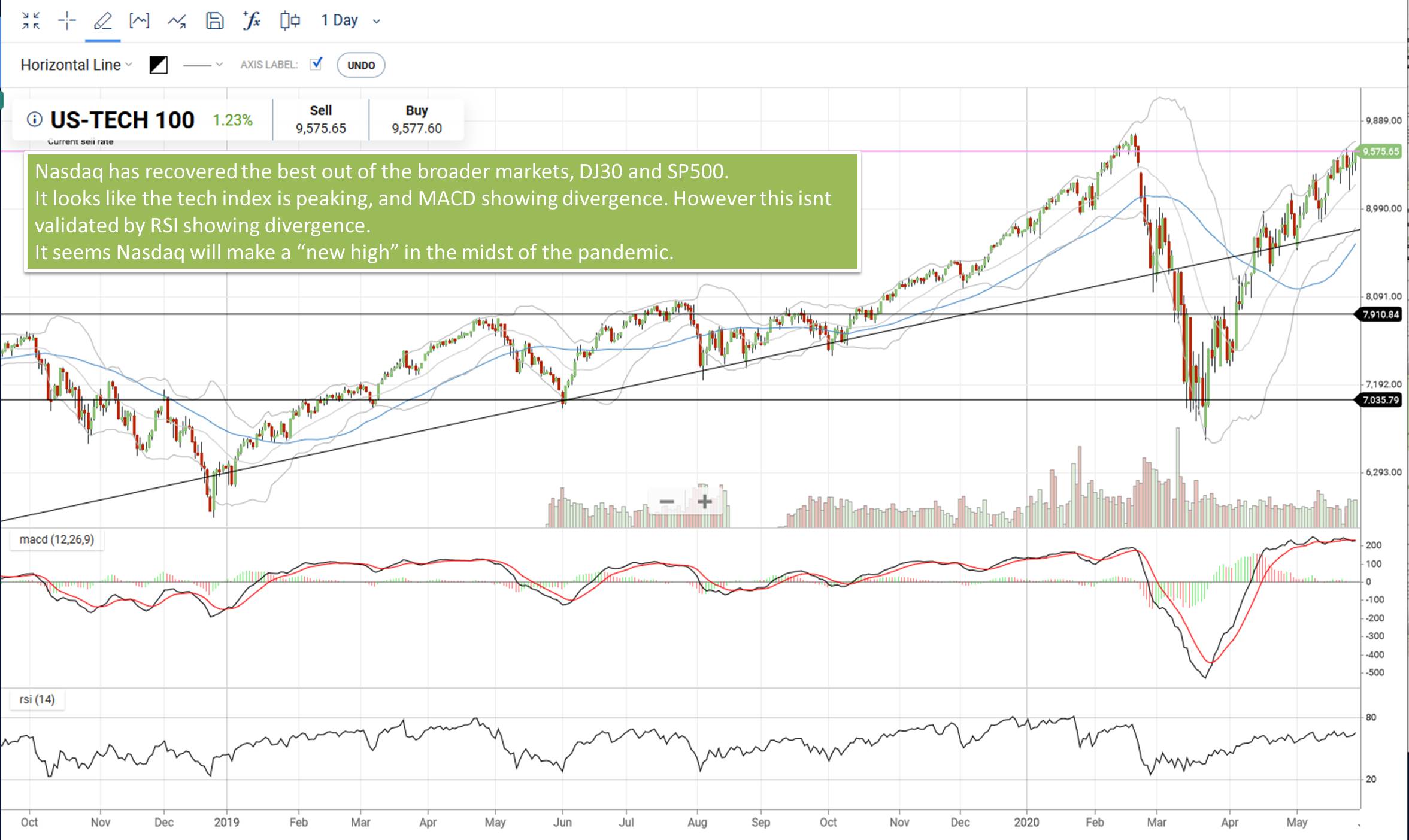

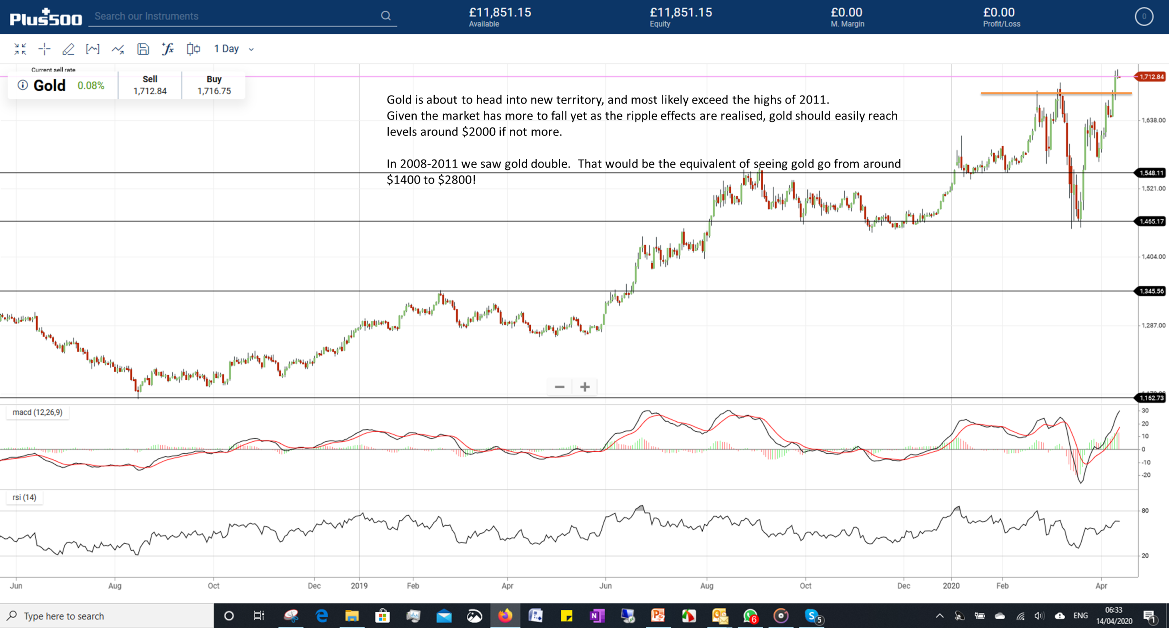
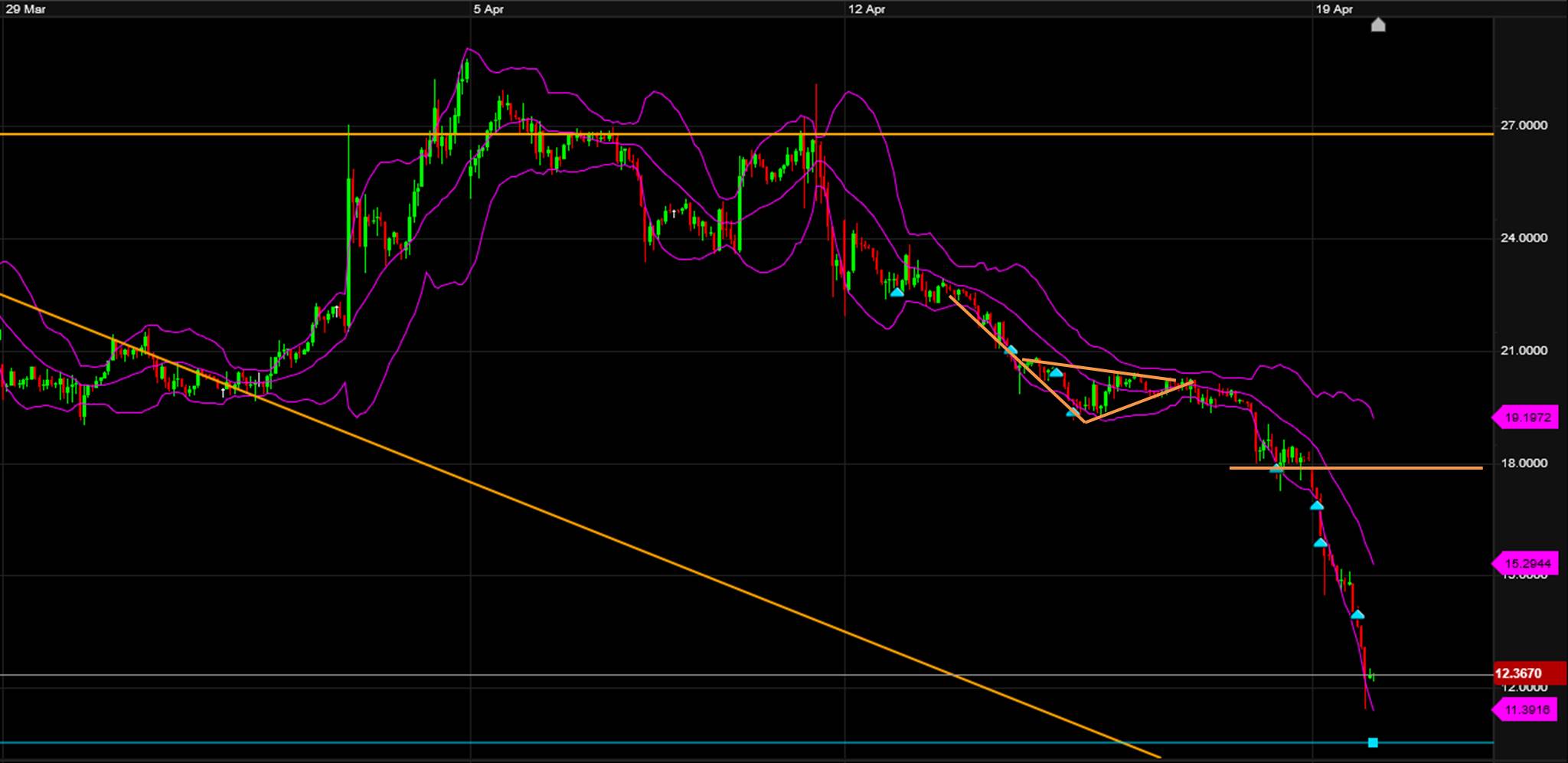



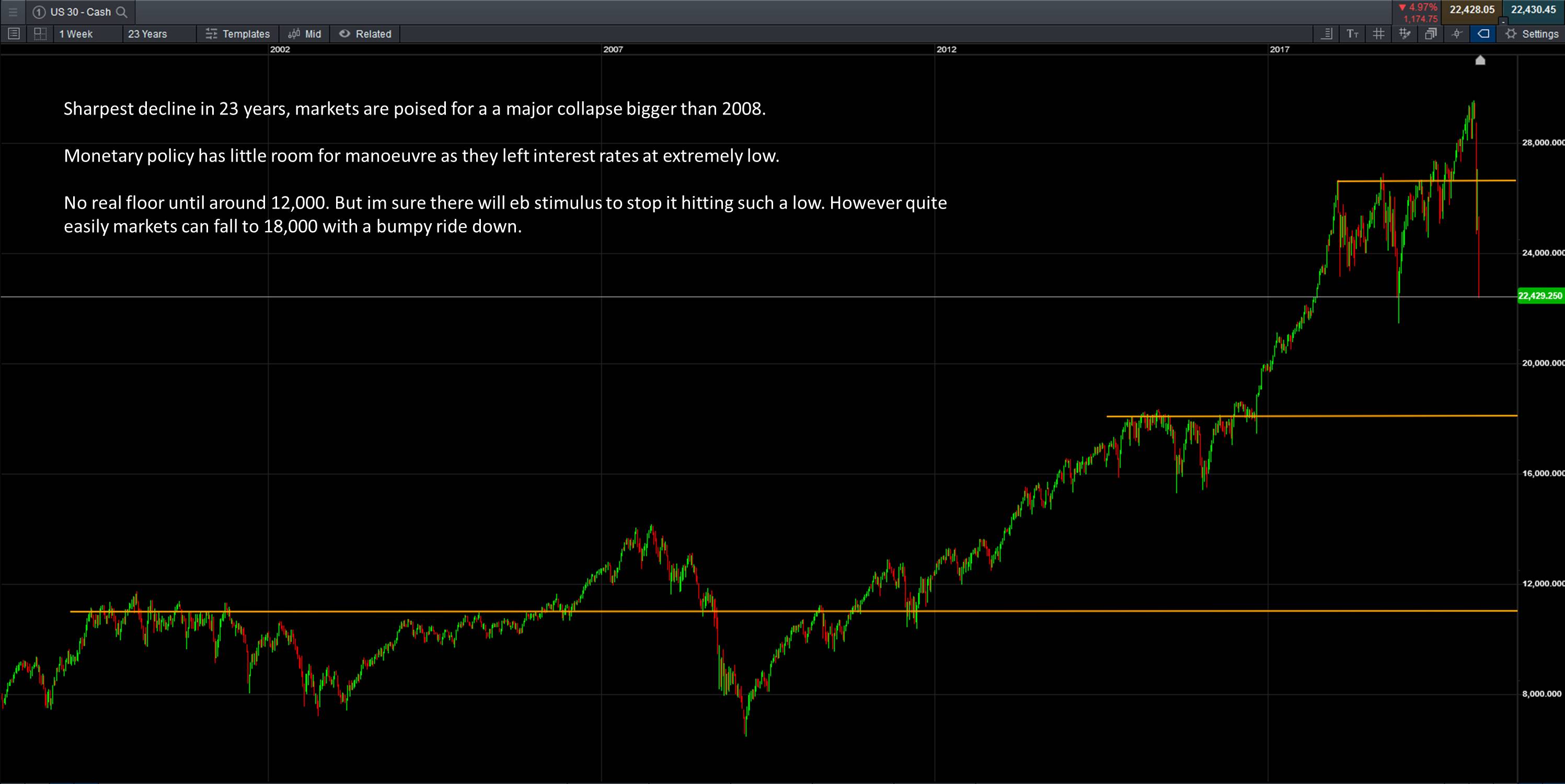


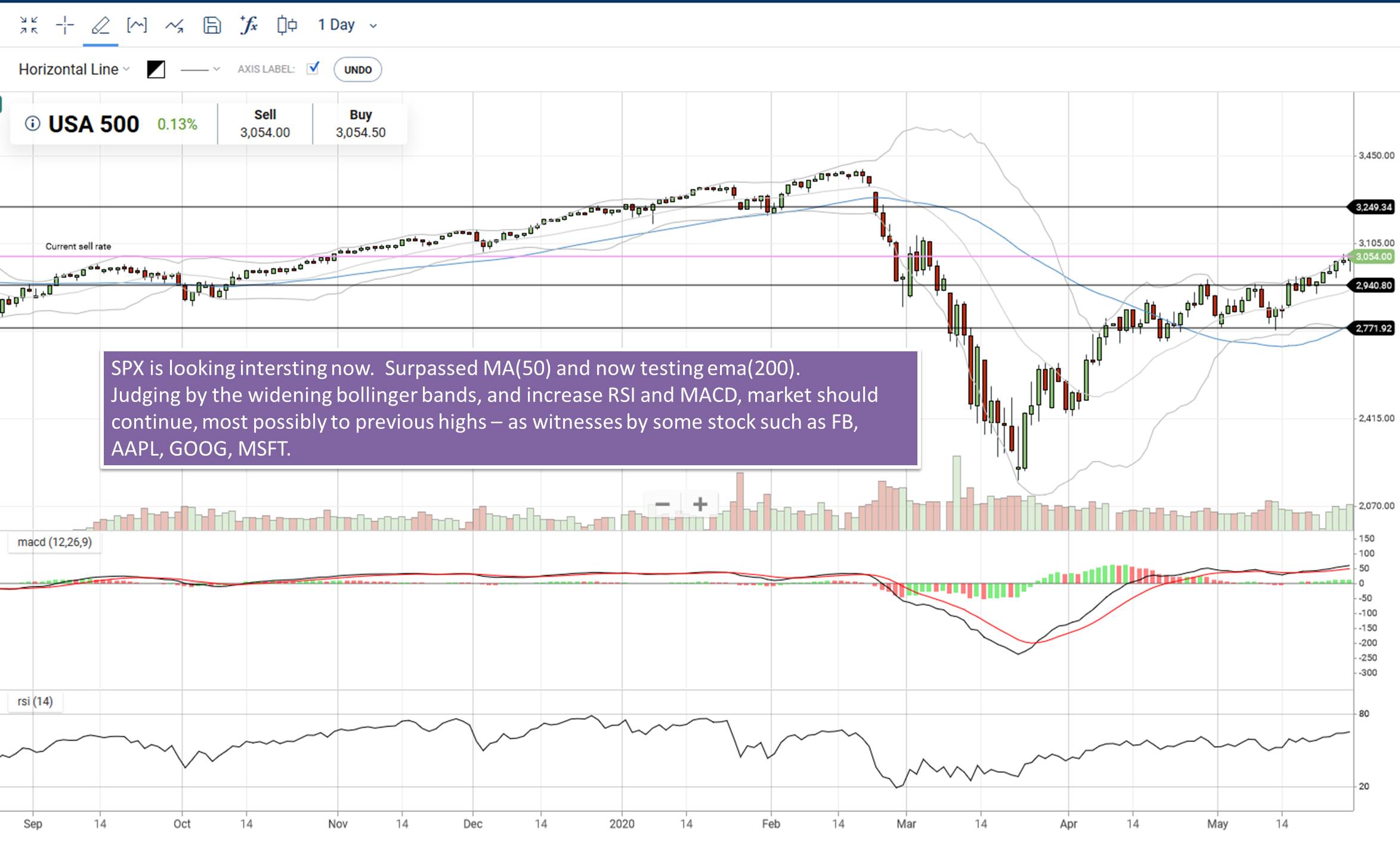
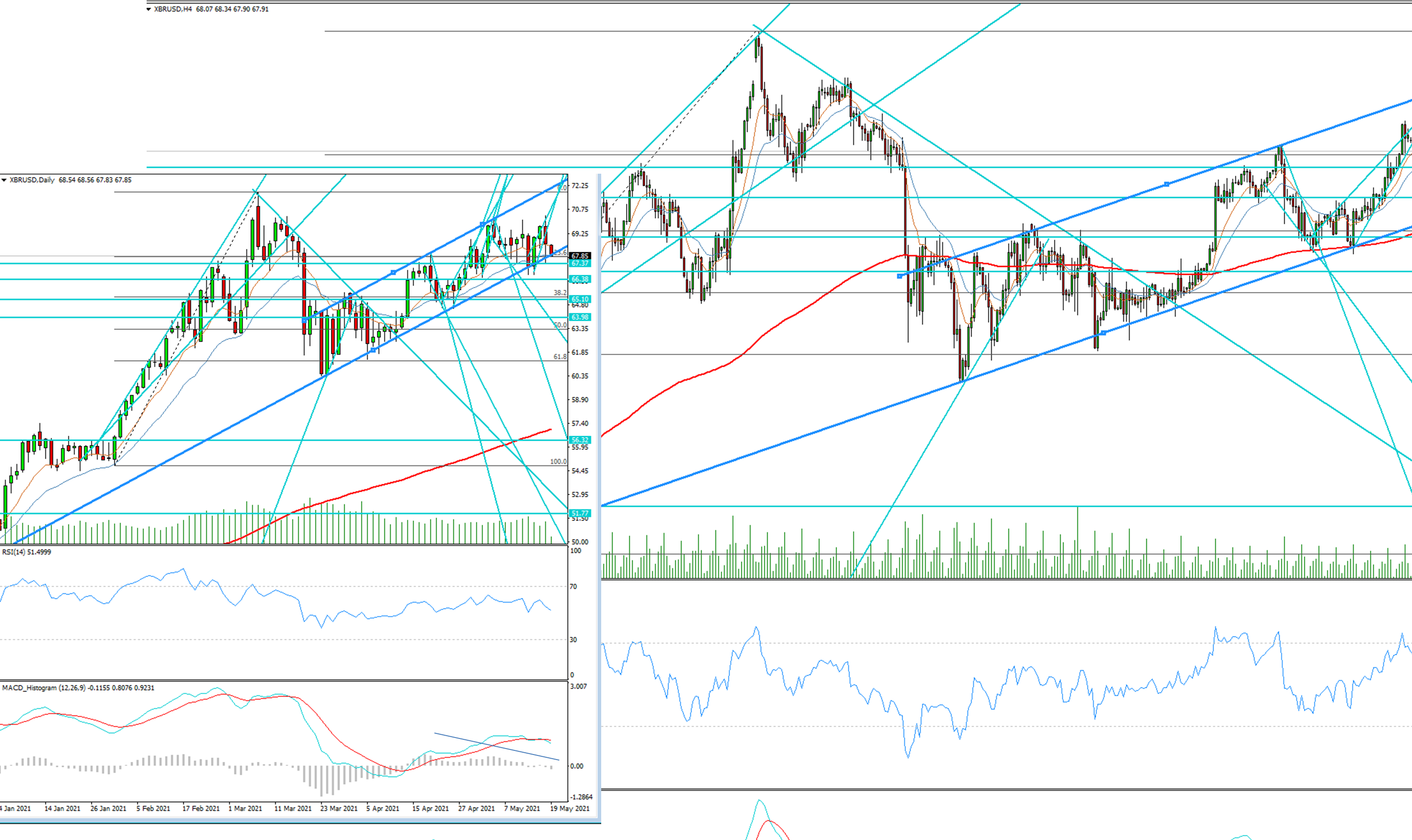
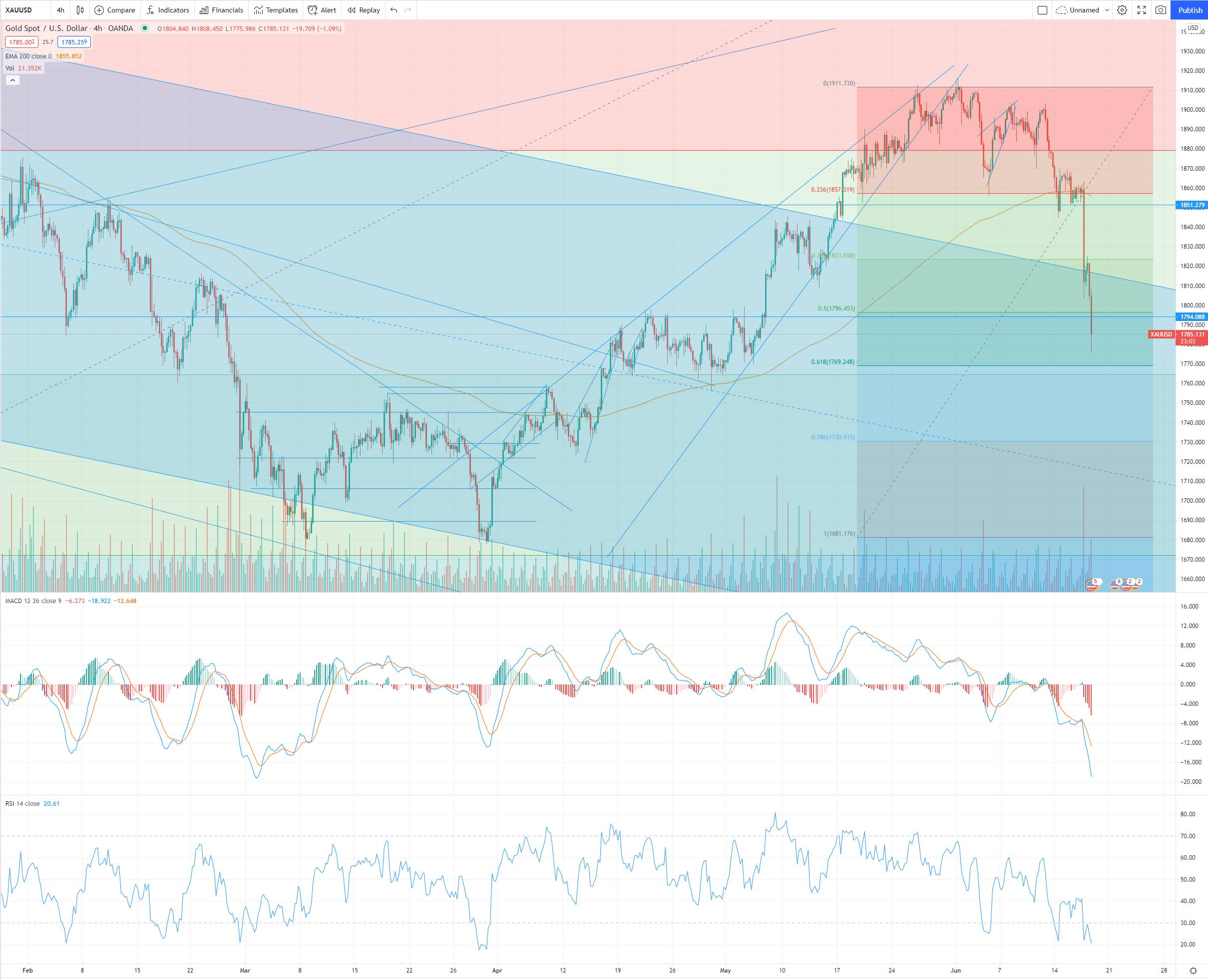


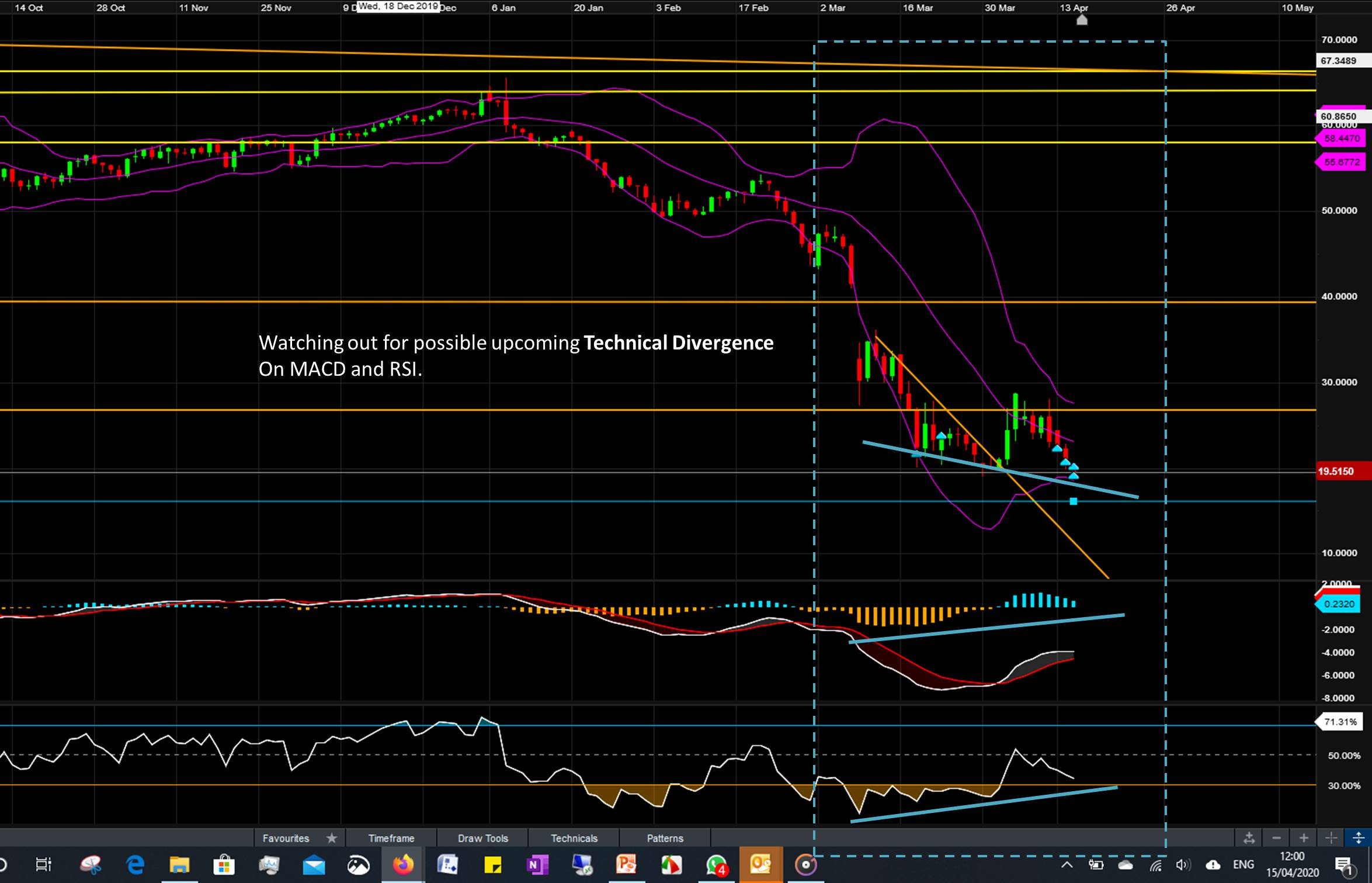
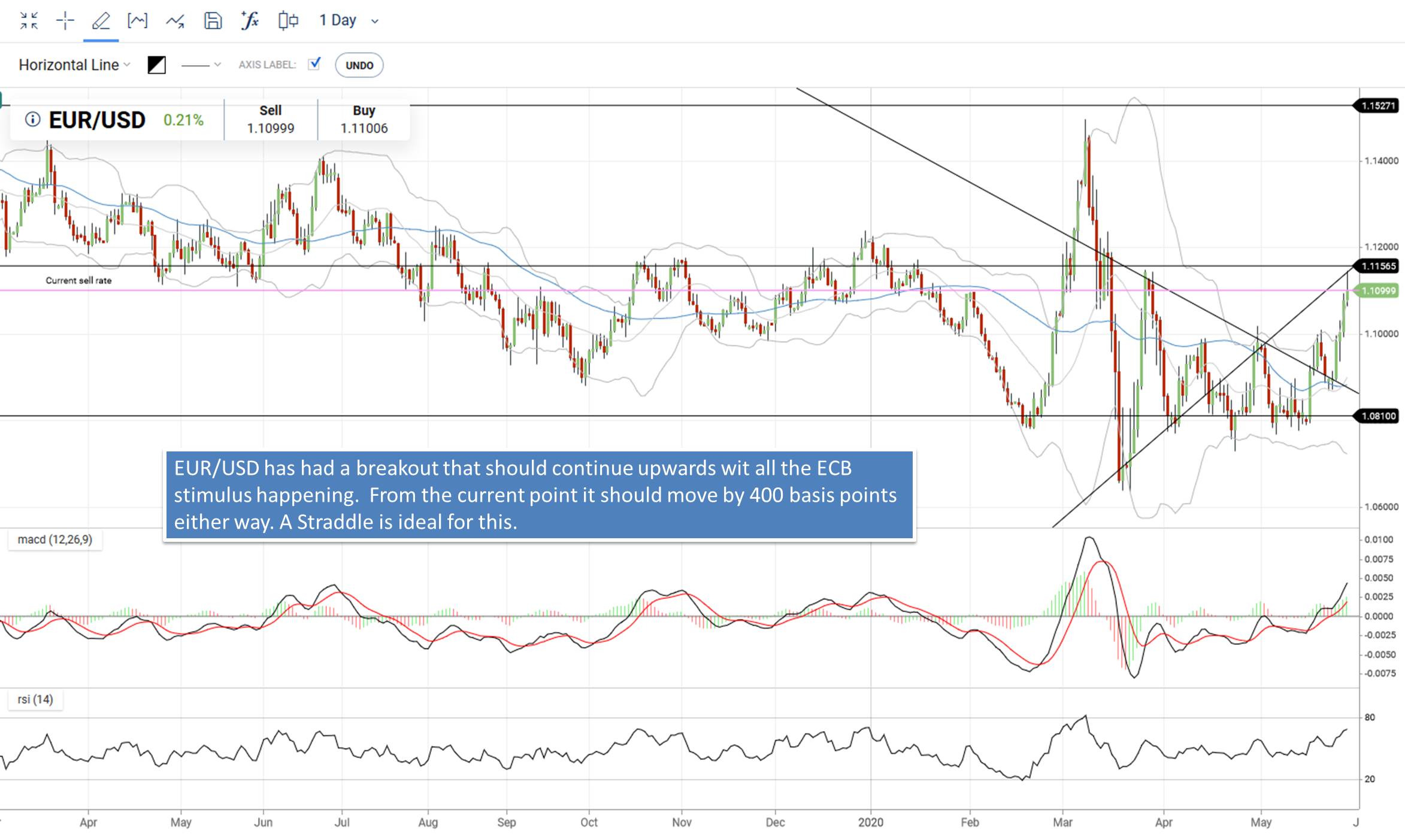
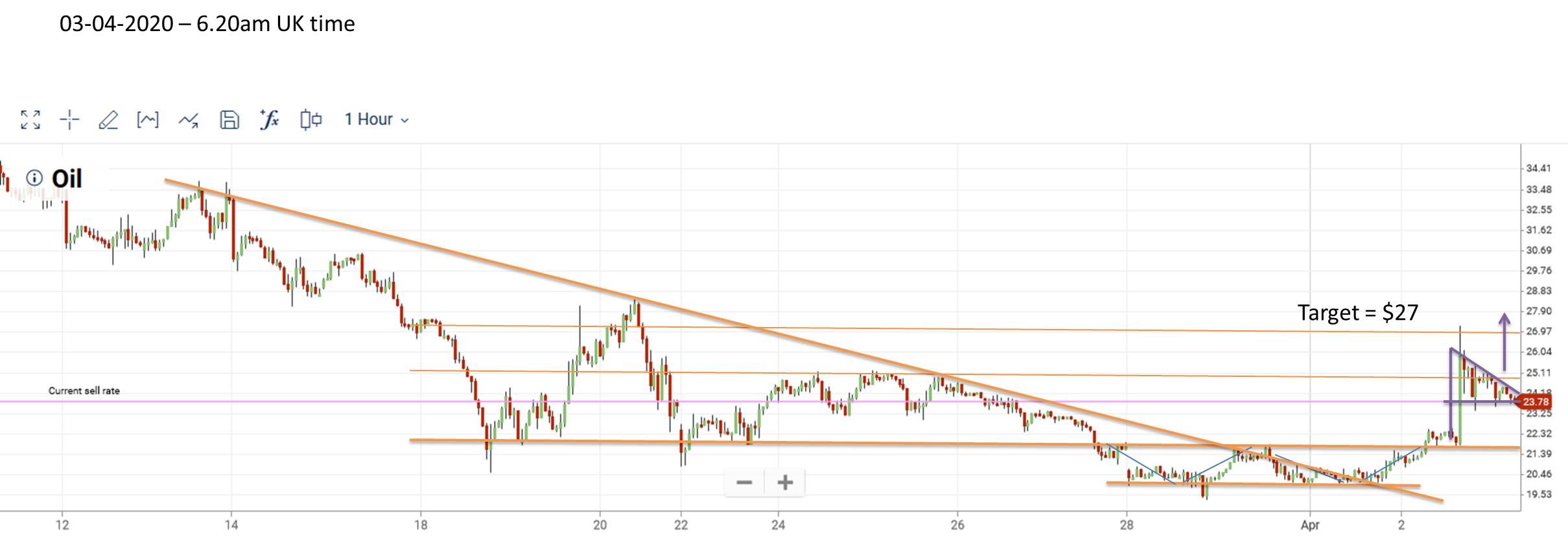

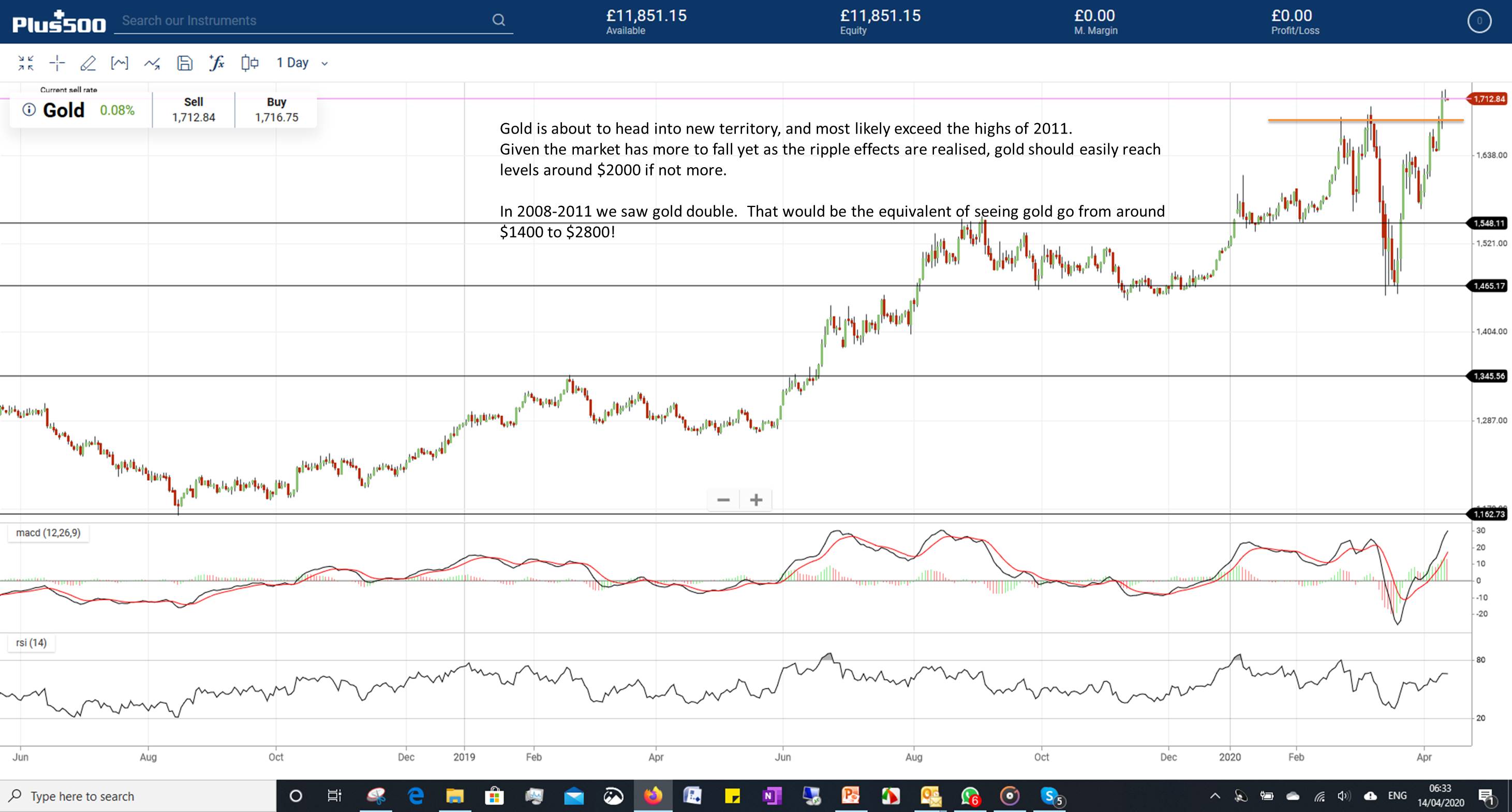
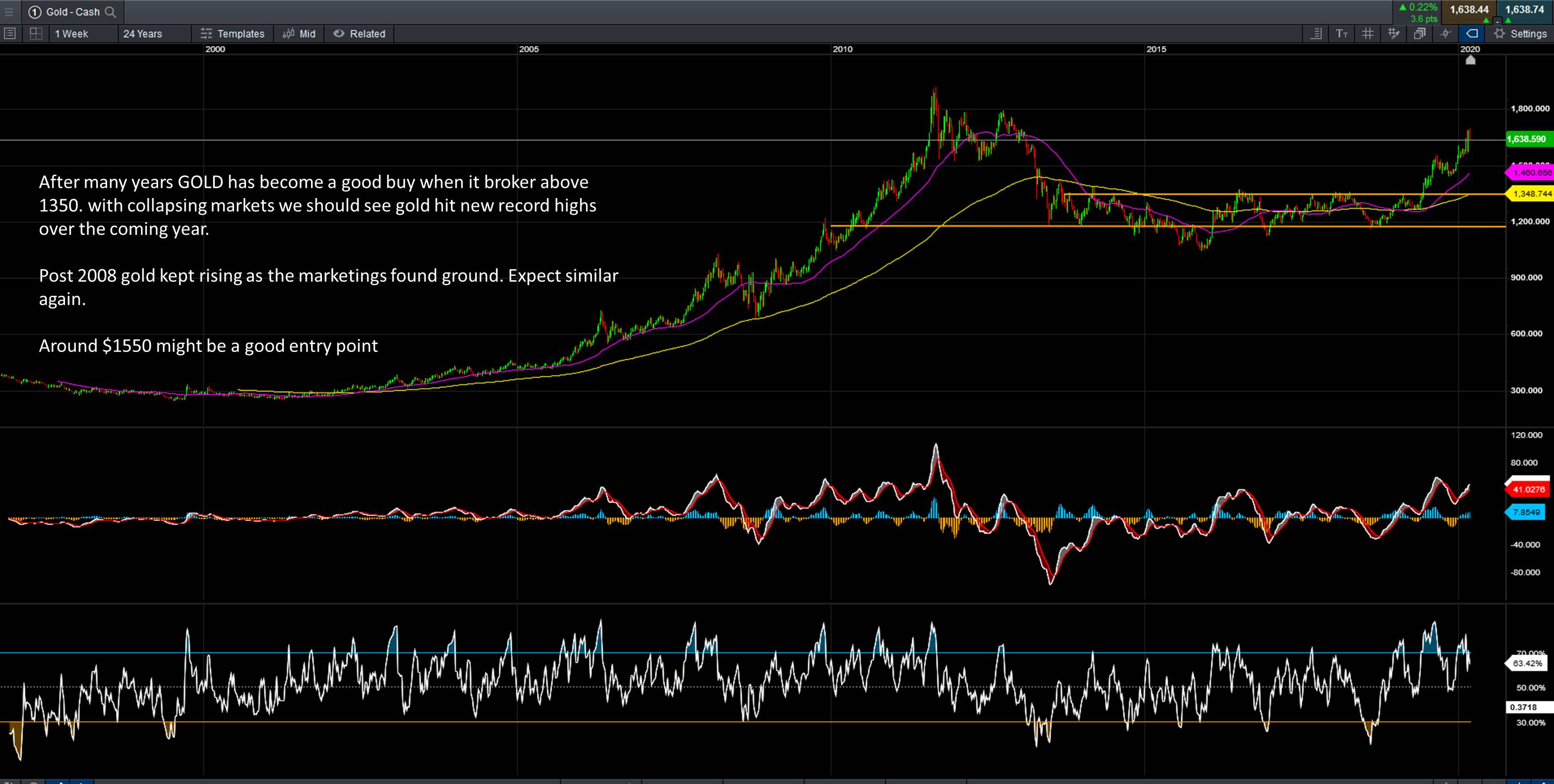
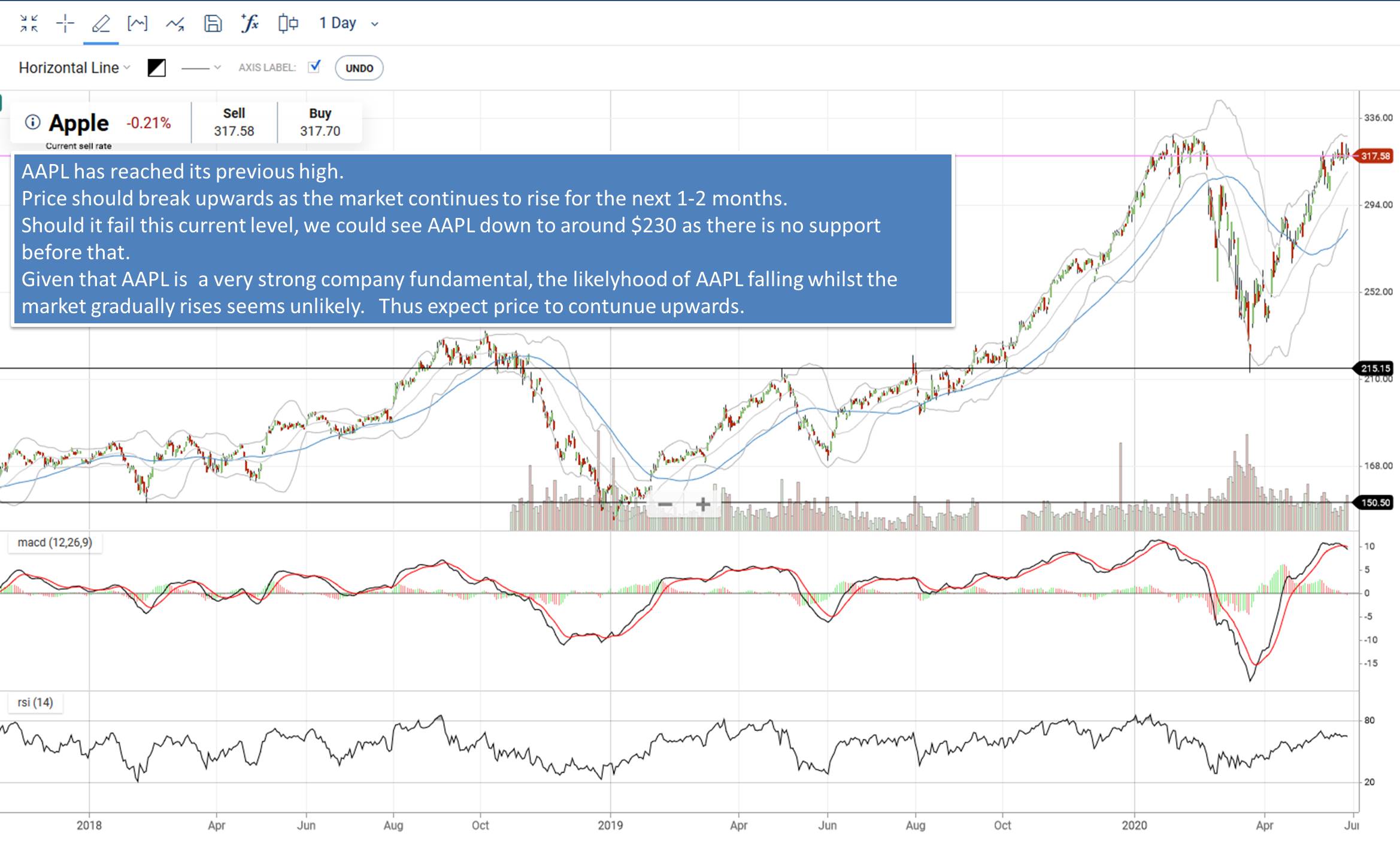
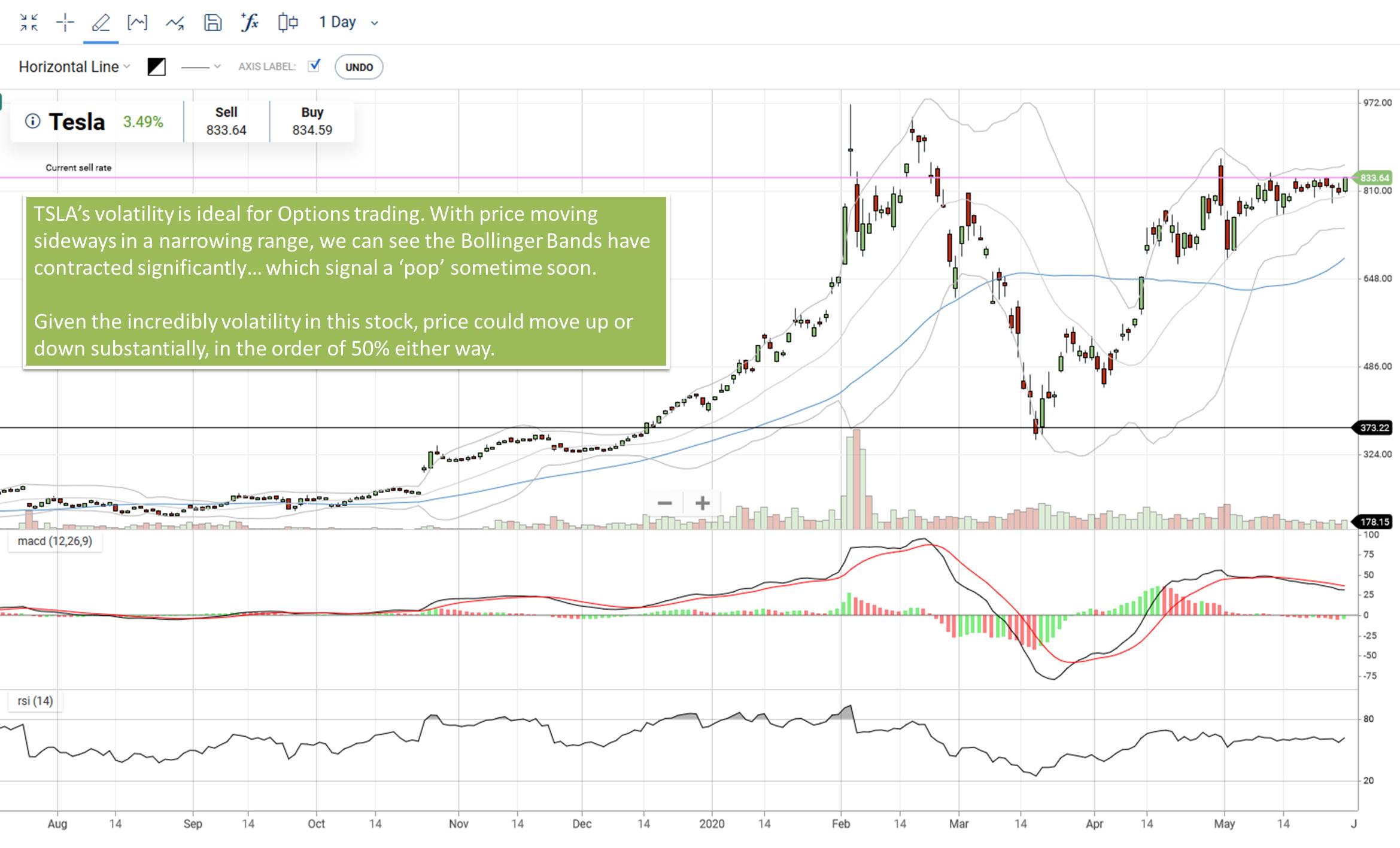
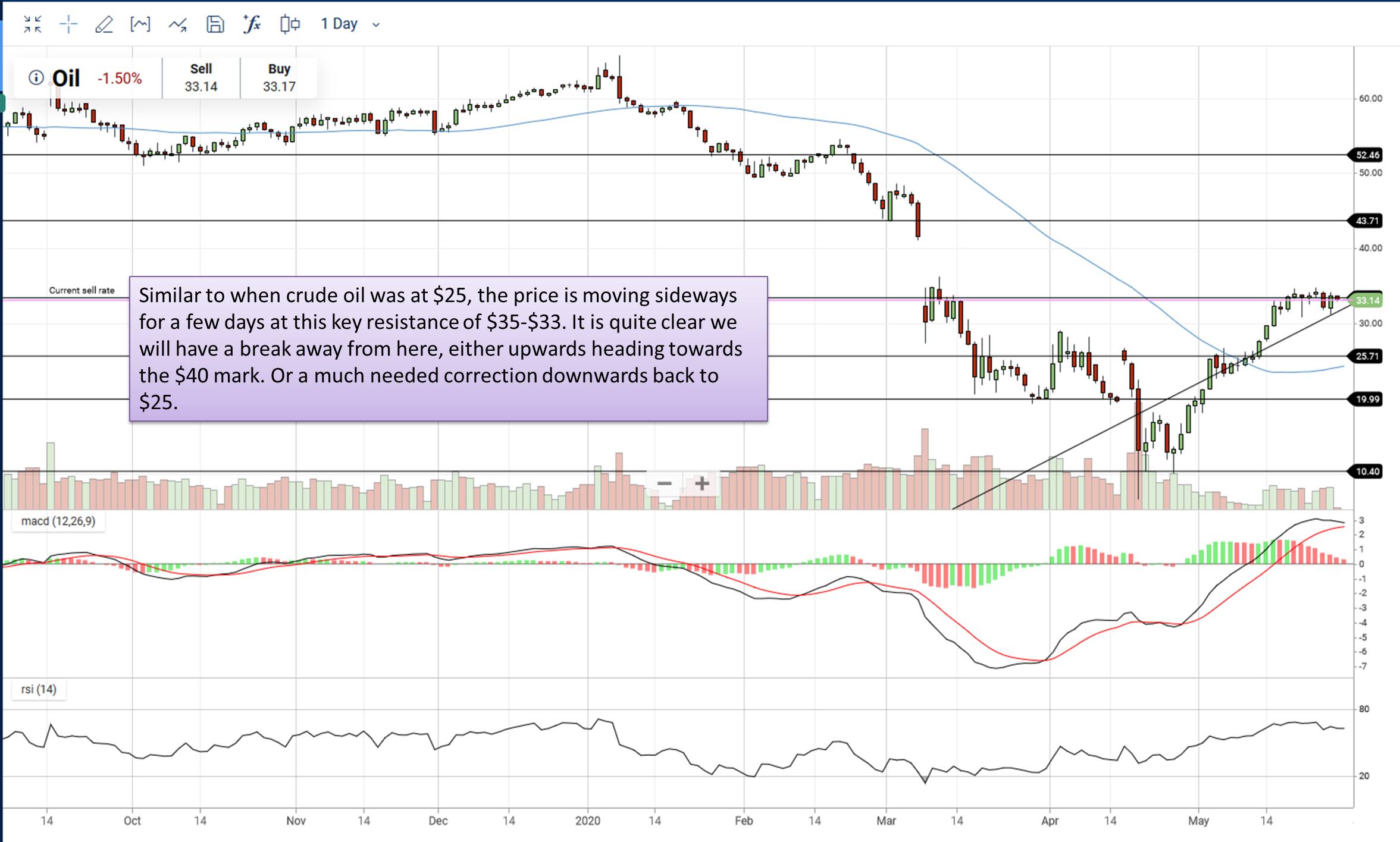



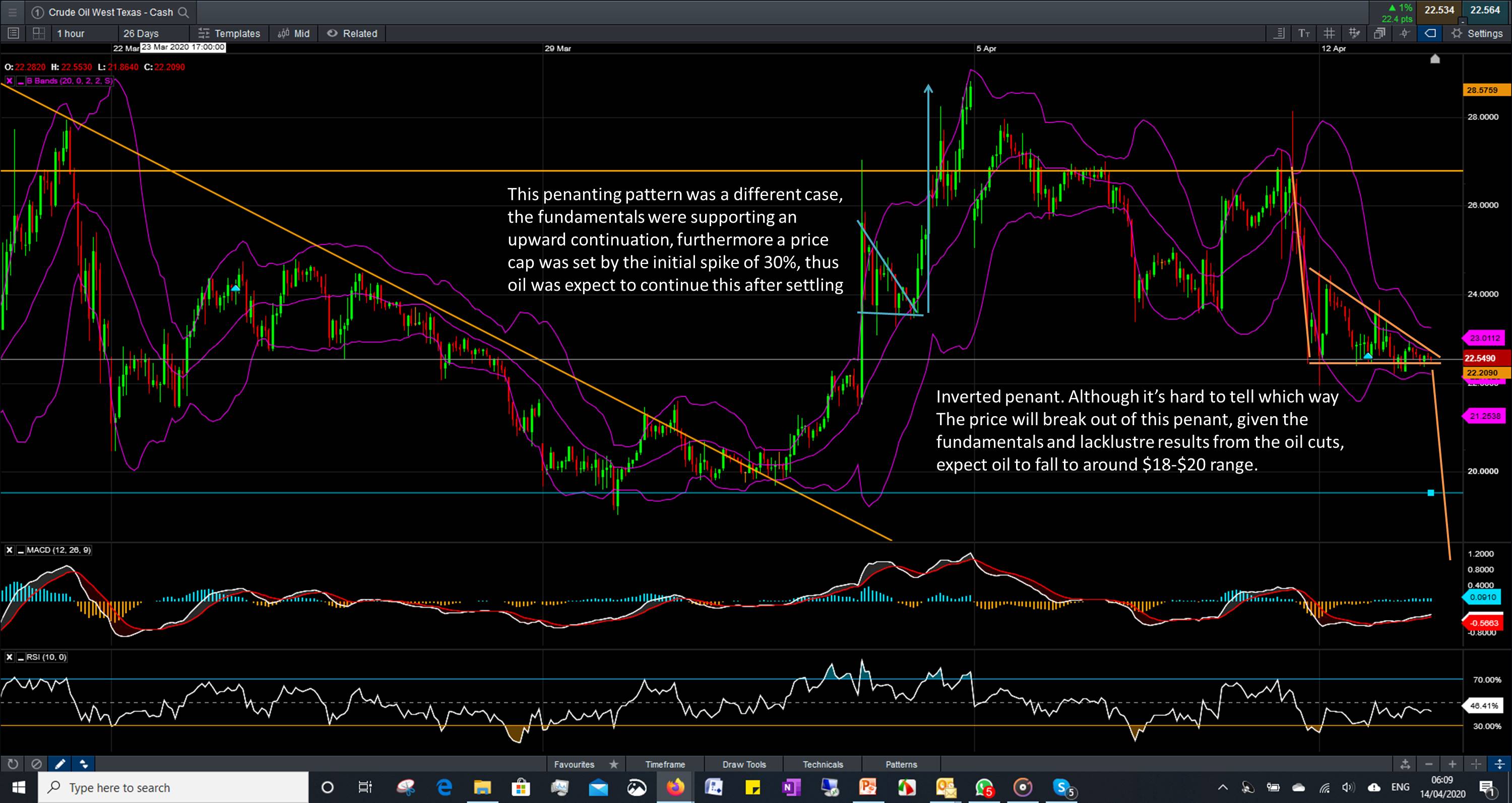


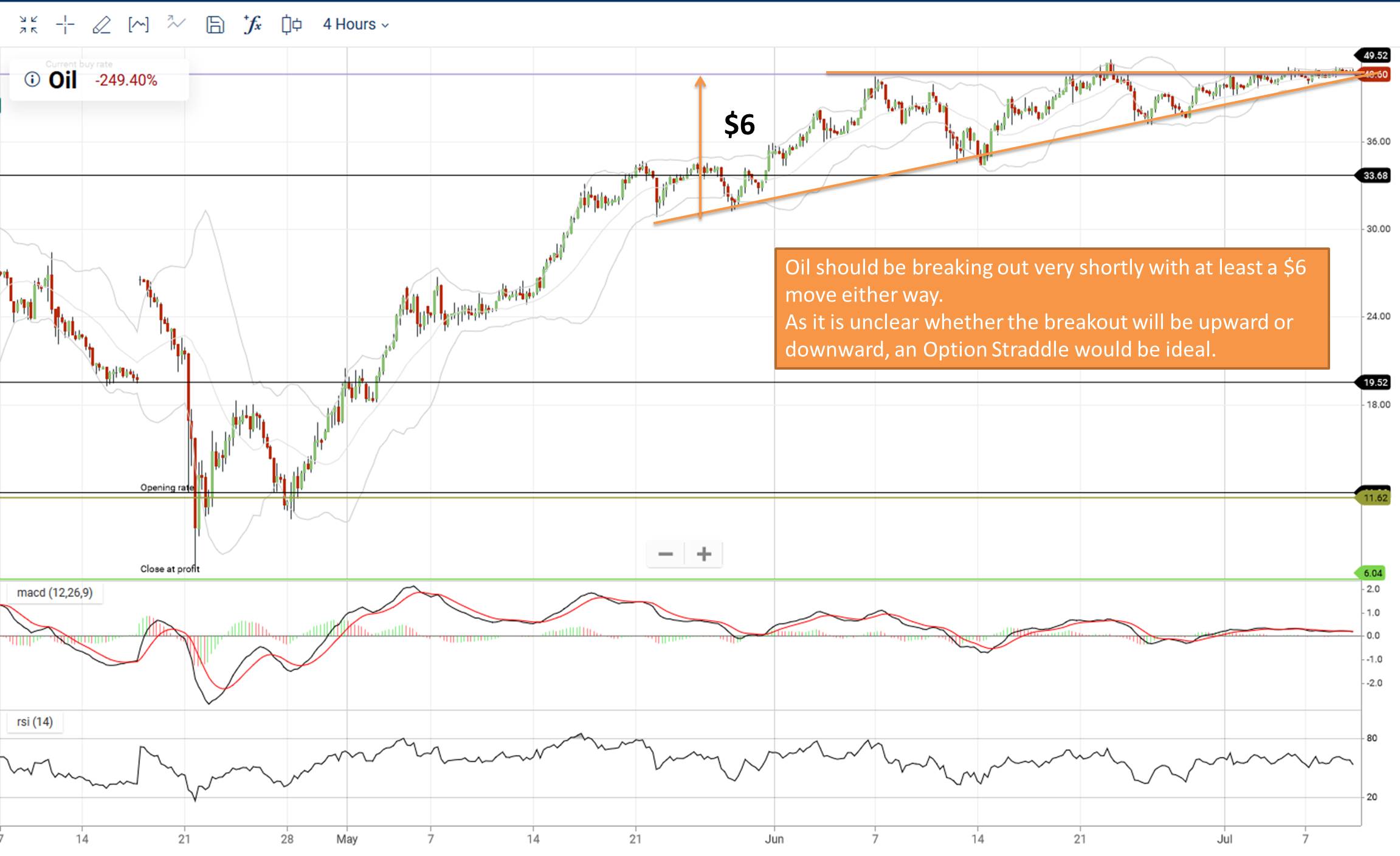
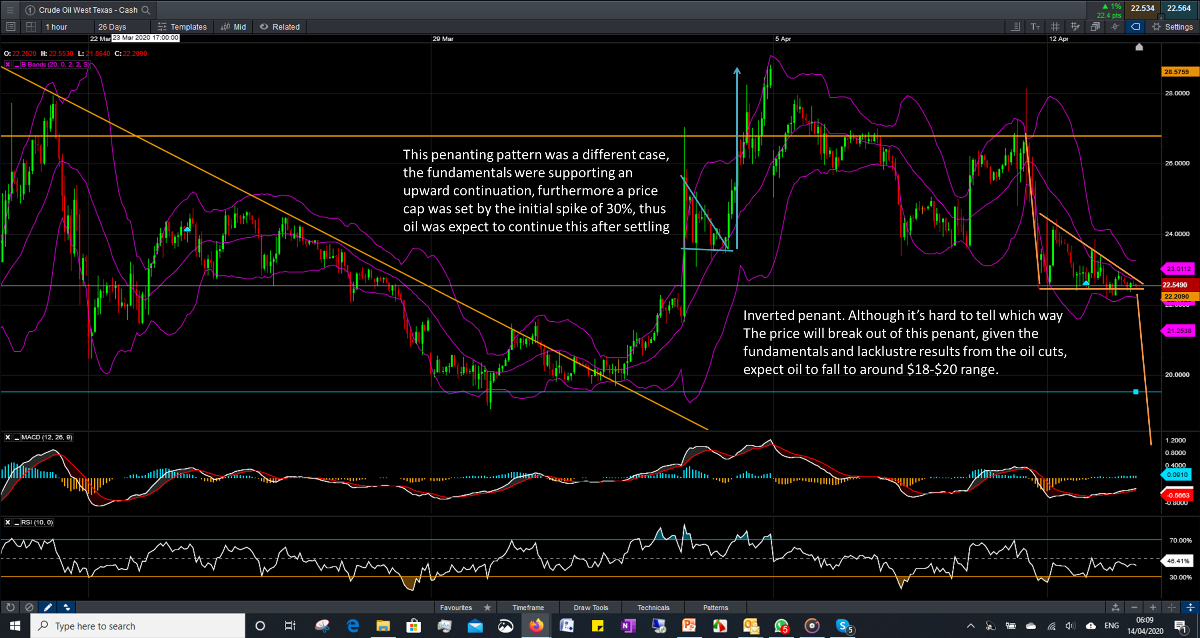
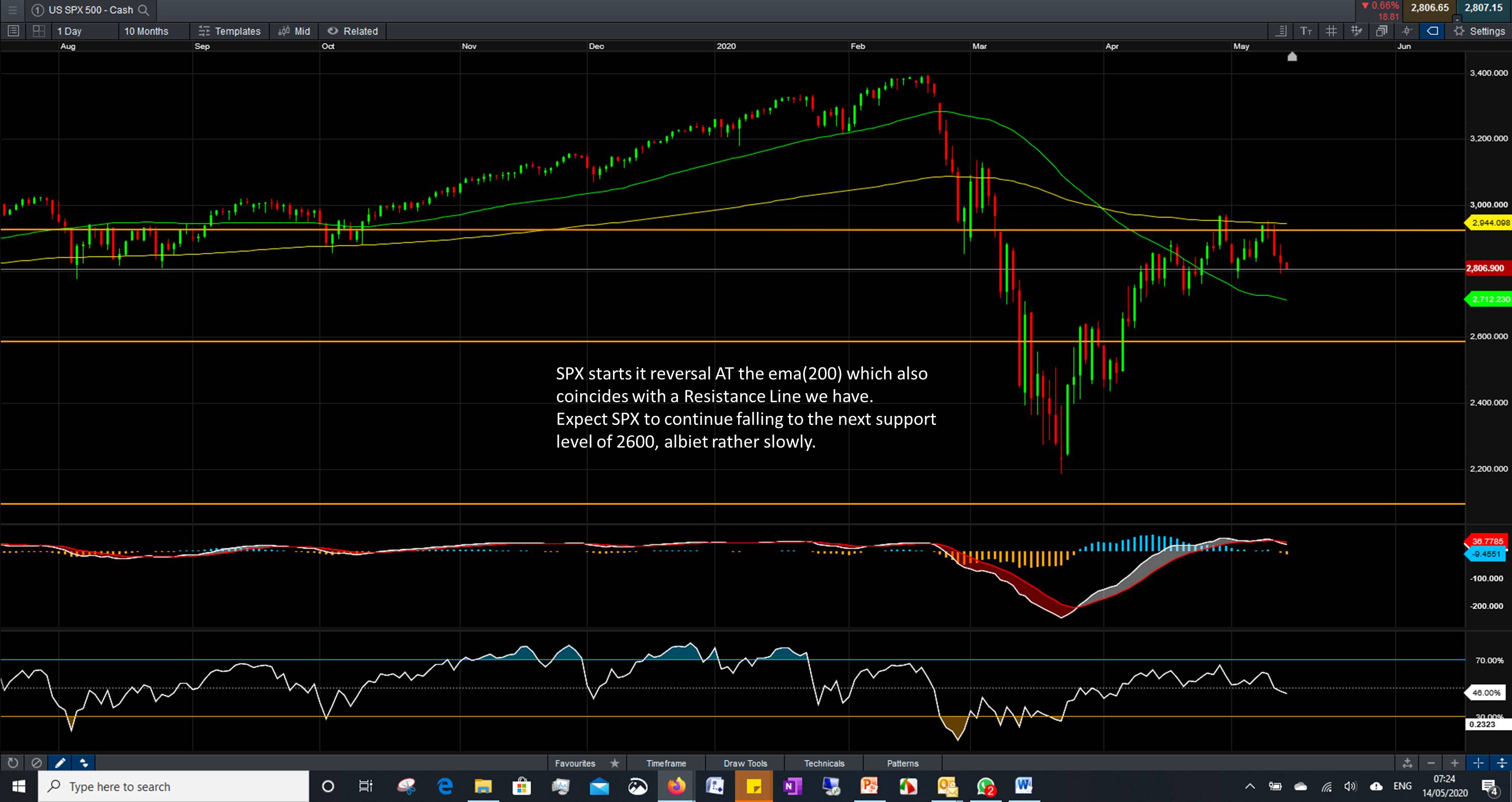
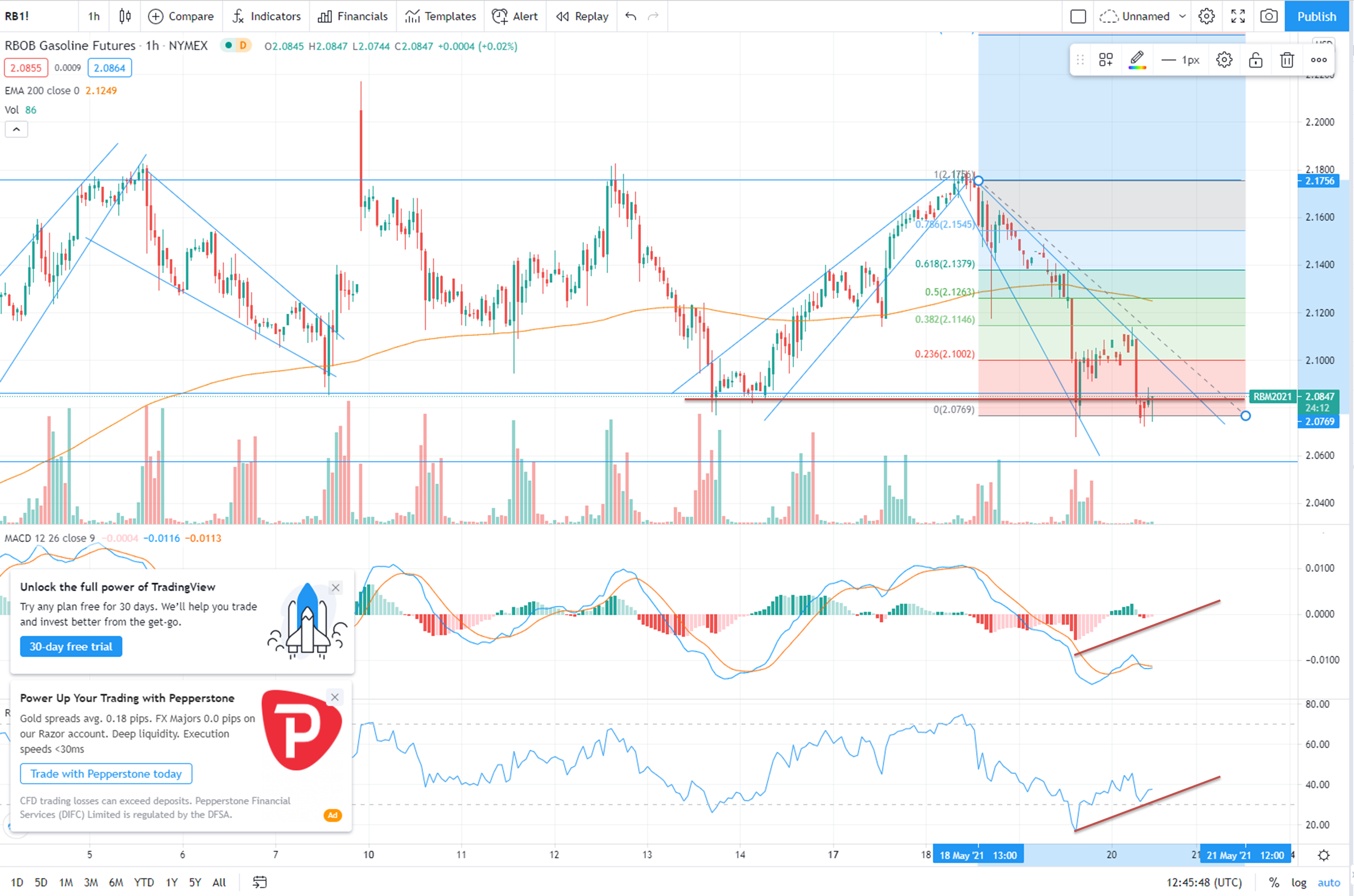

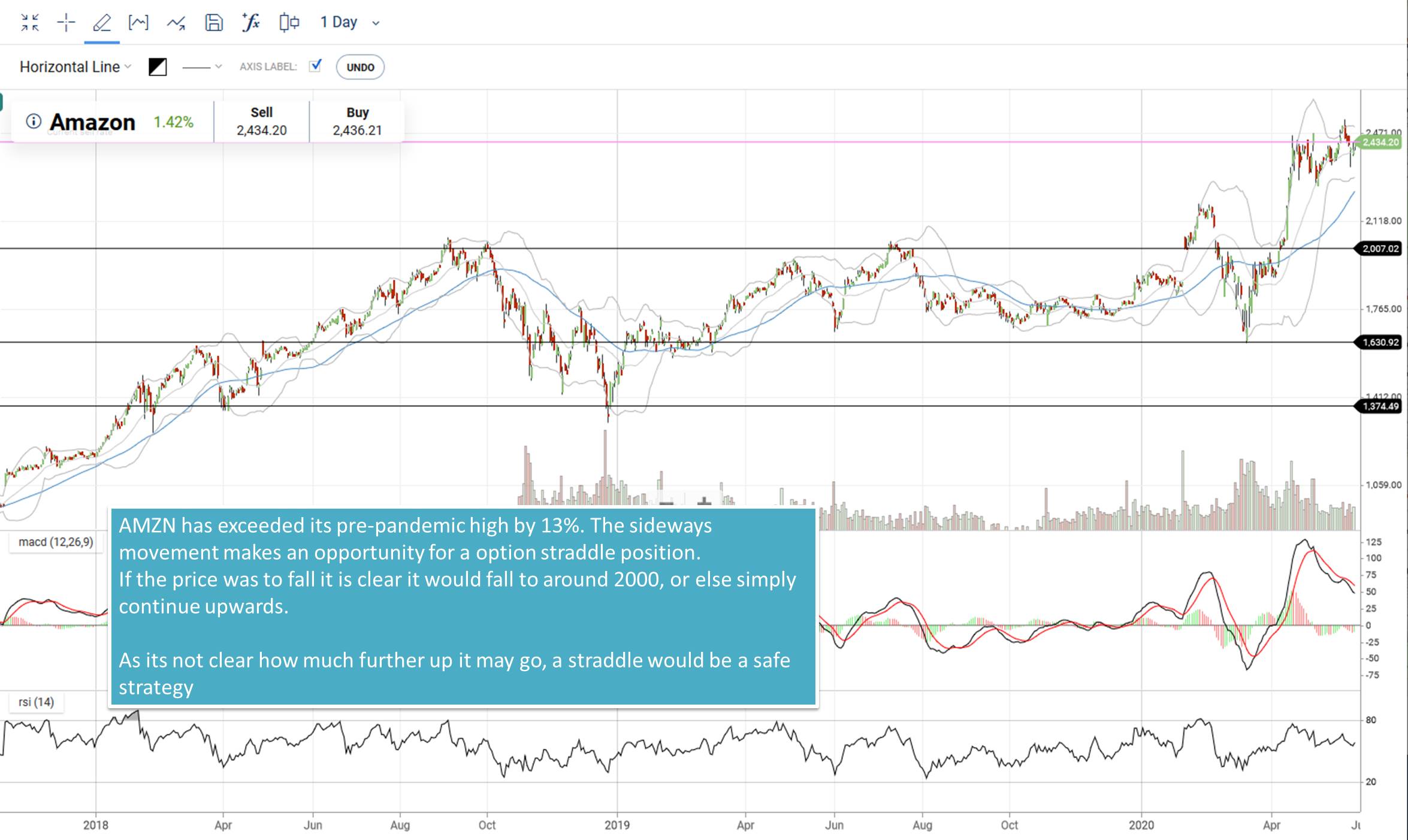

Comments